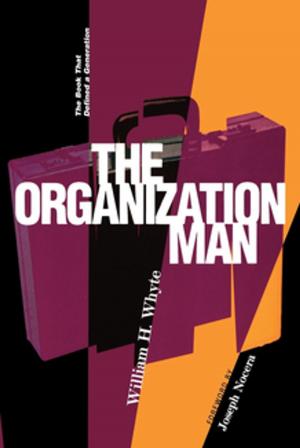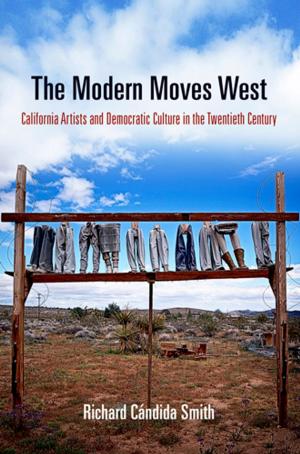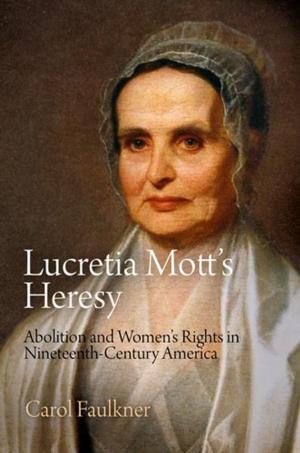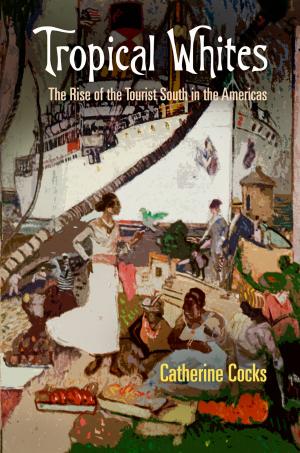Locked In, Locked Out
Gated Communities in a Puerto Rican City
Nonfiction, Social & Cultural Studies, Social Science, Human Geography, Anthropology| Author: | Zaire Zenit Dinzey-Flores | ISBN: | 9780812208207 |
| Publisher: | University of Pennsylvania Press, Inc. | Publication: | April 22, 2013 |
| Imprint: | University of Pennsylvania Press | Language: | English |
| Author: | Zaire Zenit Dinzey-Flores |
| ISBN: | 9780812208207 |
| Publisher: | University of Pennsylvania Press, Inc. |
| Publication: | April 22, 2013 |
| Imprint: | University of Pennsylvania Press |
| Language: | English |
In November 1993, the largest public housing project in the Puerto Rican city of Ponce—the second largest public housing authority in the U.S. federal system—became a gated community. Once the exclusive privilege of the city's affluent residents, gates now not only locked "undesirables" out but also shut them in. Ubiquitous and inescapable, gates continue to dominate present-day Ponce, delineating space within government and commercial buildings, schools, prisons, housing developments, parks, and churches. In Locked In, Locked Out, Zaire Zenit Dinzey-Flores shows how such gates operate as physical and symbolic ways to distribute power, reroute movement, sustain social inequalities, and cement boundary lines of class and race across the city.
In its exploration of four communities in Ponce—two private subdivisions and two public housing projects—Locked In, Locked Out offers one of the first ethnographic accounts of gated communities devised by and for the poor. Dinzey-Flores traces the proliferation of gates on the island from Spanish colonial fortresses to the New Deal reform movement of the 1940s and 1950s, demonstrating how urban planning practices have historically contributed to the current trend of community divisions, shrinking public city spaces, and privatizing gardens. Through interviews and participant observation, she argues that gates have transformed the twenty-first-century city by fostering isolation and promoting segregation, ultimately shaping the life chances of people from all economic backgrounds. Relevant and engaging, Locked In, Locked Out reveals how built environments can create a cartography of disadvantage—affecting those on both sides of the wall.
In November 1993, the largest public housing project in the Puerto Rican city of Ponce—the second largest public housing authority in the U.S. federal system—became a gated community. Once the exclusive privilege of the city's affluent residents, gates now not only locked "undesirables" out but also shut them in. Ubiquitous and inescapable, gates continue to dominate present-day Ponce, delineating space within government and commercial buildings, schools, prisons, housing developments, parks, and churches. In Locked In, Locked Out, Zaire Zenit Dinzey-Flores shows how such gates operate as physical and symbolic ways to distribute power, reroute movement, sustain social inequalities, and cement boundary lines of class and race across the city.
In its exploration of four communities in Ponce—two private subdivisions and two public housing projects—Locked In, Locked Out offers one of the first ethnographic accounts of gated communities devised by and for the poor. Dinzey-Flores traces the proliferation of gates on the island from Spanish colonial fortresses to the New Deal reform movement of the 1940s and 1950s, demonstrating how urban planning practices have historically contributed to the current trend of community divisions, shrinking public city spaces, and privatizing gardens. Through interviews and participant observation, she argues that gates have transformed the twenty-first-century city by fostering isolation and promoting segregation, ultimately shaping the life chances of people from all economic backgrounds. Relevant and engaging, Locked In, Locked Out reveals how built environments can create a cartography of disadvantage—affecting those on both sides of the wall.















